Types of PPE (Personal Protective Equipment)
There are many types of PPE, short for personal protective equipment, available. PPE is designed for workers to wear in dangerous environments to minimize the risk of serious injury. PPE can include everything from safety glasses & ear plugs, to hard hats & coveralls. The types of PPE required for workers varies based on the work environment, and the potential risks that exist there. Not only is it important for individuals to understand which types of PPE to wear to protect themselves, but it is also important for organizations to ensure that the appropriate PPE is available for their employees.
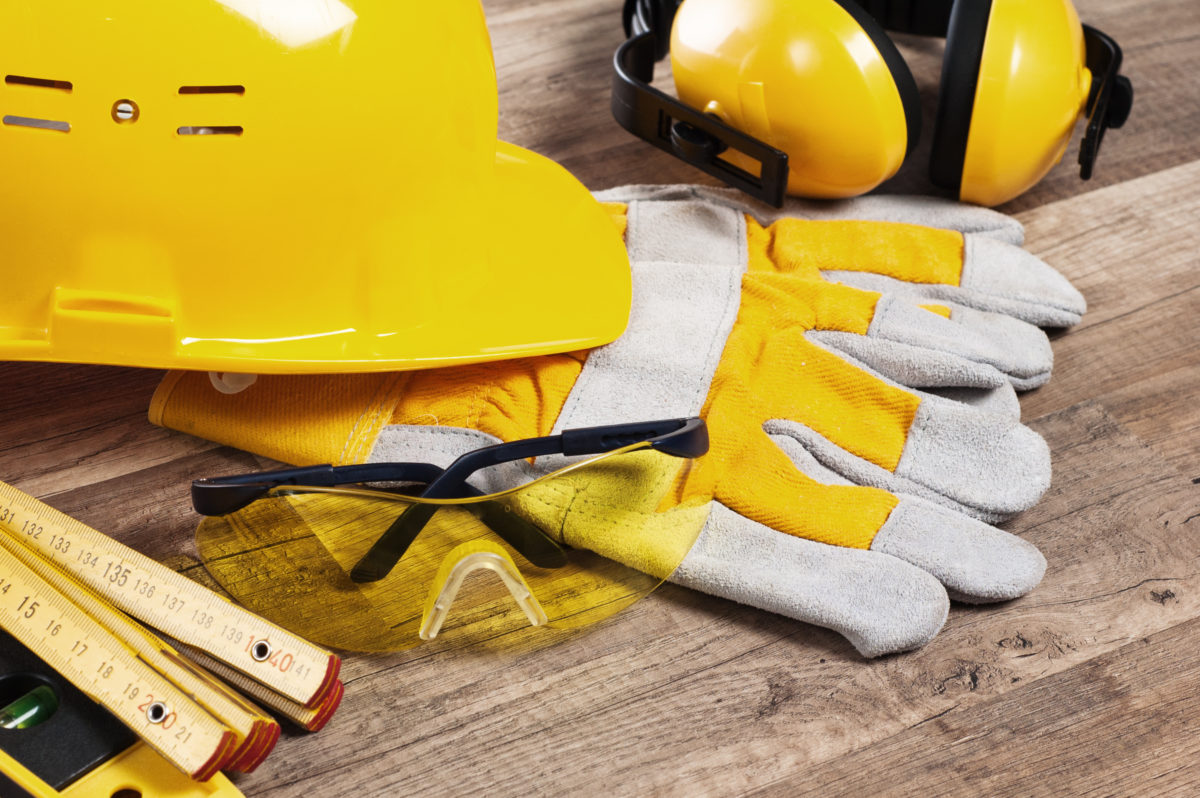
|
Type of PPE |
Examples of equipment |
Protects against |
|
Eye Protection |
Glasses, Goggles, face shields |
Impact, foreign objects, splashes, burns & more. |
|
Ear Protection Equipment
|
Ear plugs, Earmuffs |
Impact, foreign objects, |
|
Head Protection Equipment |
Class A, B or C hard hats |
Impact, overhead penetration, electrical hazards |
|
Personal Fall Protection Systems |
Harnesses, restraints, etc. |
|
|
Body Protection Equipment |
Fire resistant clothing, HAZMAT suits, steel toe boots, latex gloves |
Impact, splashes, extreme temperatures, flames, cuts, hazardous chemicals |
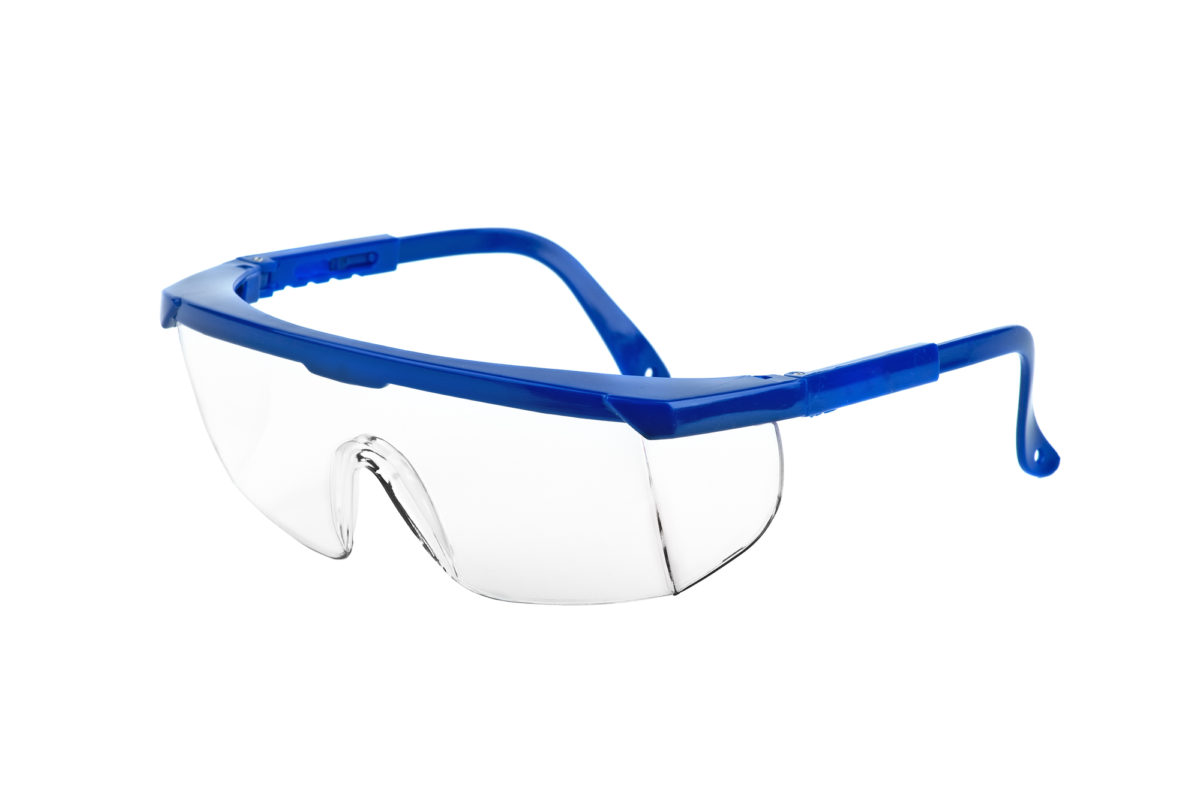
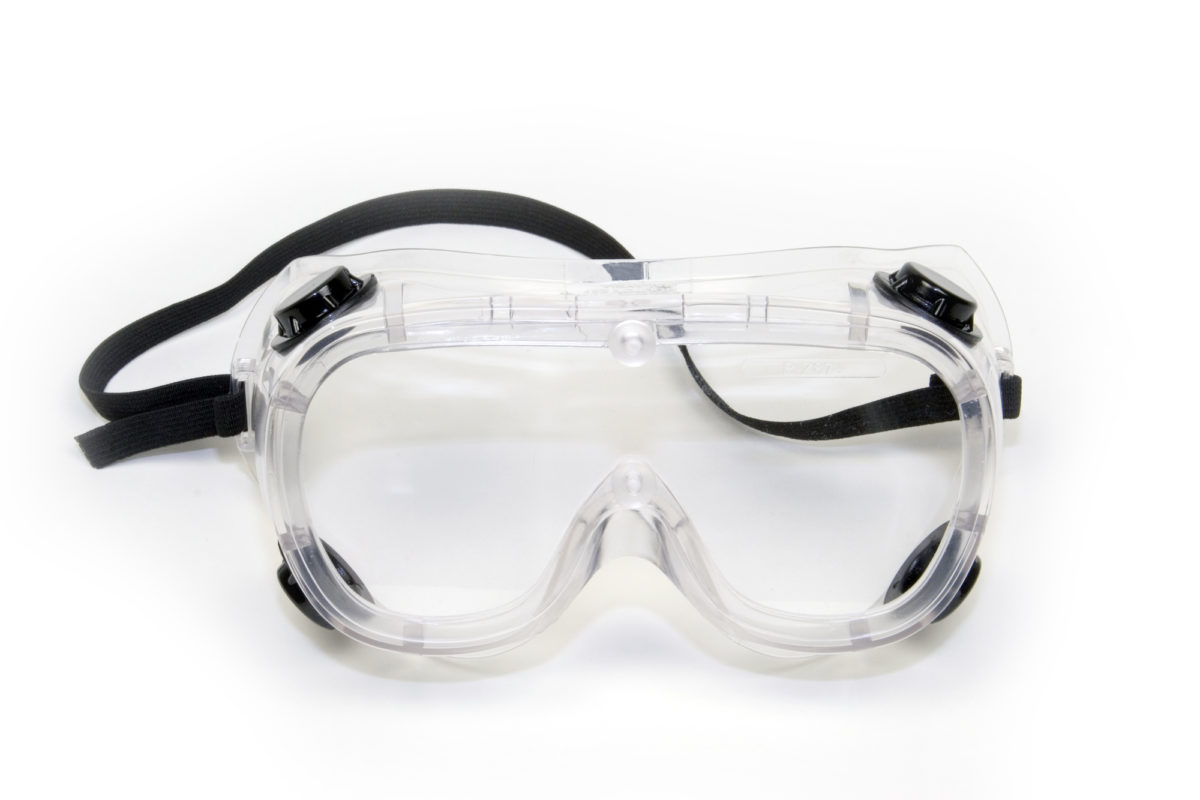
Eye Protection Equipment
Eye PPE is designed to protect workers’ eyes from foreign objects, splashes, burns, radiation and more. The type of eye protection equipment required varies based on the hazards present in the environment. For example, workers involved with lawncare may use safety glasses to prevent foreign objects from hitting them in the eye, while welders need welding shields to protect their eyes from burns. Below is a list of the basic types of PPE designed for eye protection.
- Safety glasses – Can help protect eyes against dirt and other foreign objects.
- Safety goggles – Can help protect eyes against splashes, dirt and dust.
- Face shields – Can help protect eyes against splashes, sprays, burns, sparks & metal debris.
There are various models of each of these types to help protect workers from different factors. For instance, some safety glasses include side shields to add a layer of protection. Face shields include welding shields and plastic shields, which offer very different levels of protection. Organizations and employees need to choose the appropriate type of PPE required for the environments in which they work.
mployees.
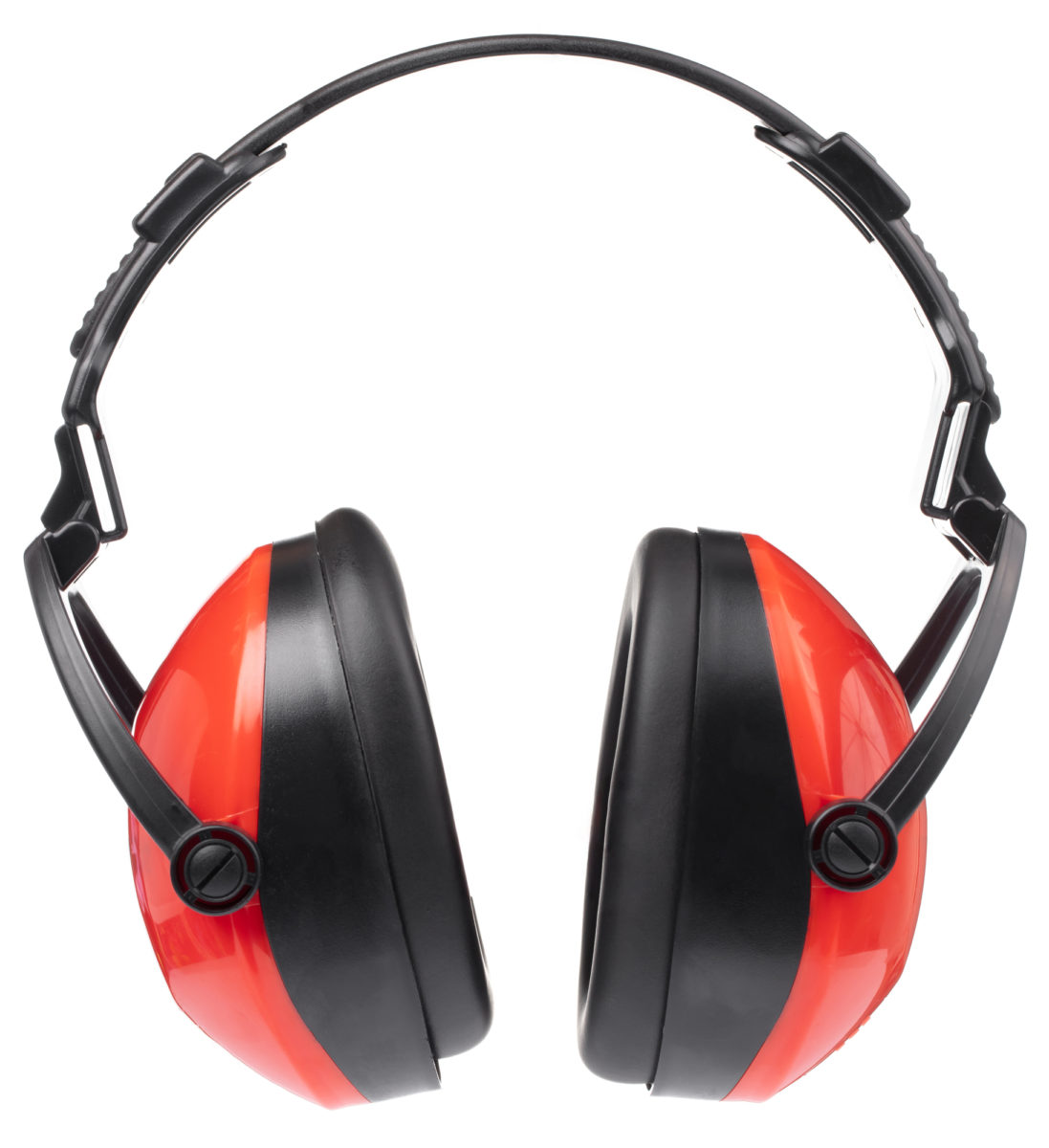
Ear Protection Equipment (Noise & Hearing Loss Prevention Equipment)
Ear protection equipment is designed to prevent hearing loss that could be caused by exposure to workplace noise. There are several layers of noise protection equipment. For example, some earplugs are designed for single use, while others are molded to the individual’s ear and can be used for a designated time period. Earmuffs are also an option. These form a physical barrier around the ear, offering increased protection from workplace noise exposure.
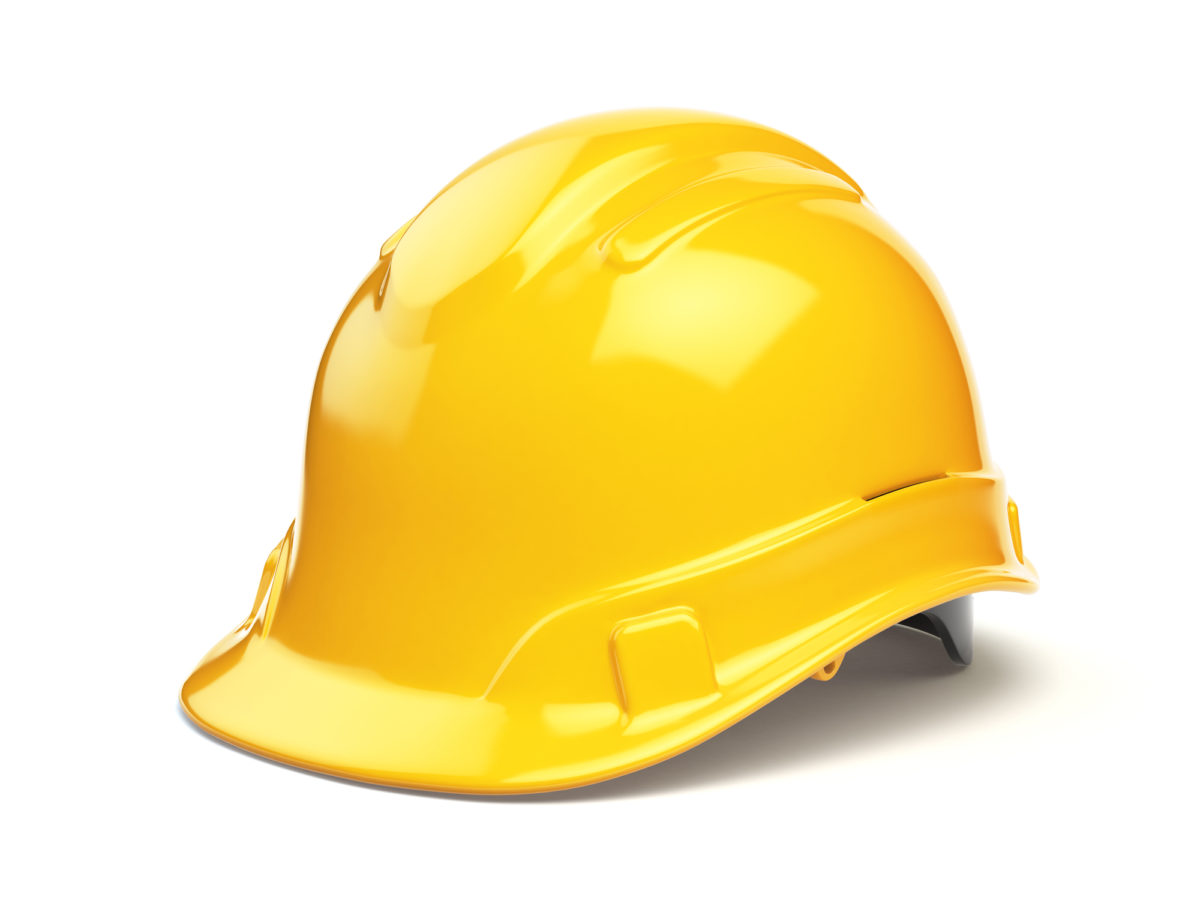
Head Protection Equipment
Head PPE is designed to protect workers from the risk of impact, whether that is caused by bumping into objects in confined spaces, or falling objects. As such, there are several classifications of personal protection equipment designed to protect workers’ heads. For example, “bump caps” are low profile, and can even include baseball style caps. These are not ANSI rated, and will not provide adequate protection for industrial settings.
A hardhat should have 2 classifications. The first indicates the type of impact protection offered, and the second indicates the type of protection against electrical voltage. For example, a hardhat labeled Type II, Class C is designed to protect the wearer against impacts from the top or sides, but offers no protection against electrical currents.
There are 2 types of hard hats, classified by the impact protection offered. There are 3 electrical classes of hard hats, and the class into which a hard hat falls is determined by the level of electrical protection offered.
|
Hard Hat Type |
Type of Protection |
|
Type I |
Reduce the force of top impact (ex: objects falling from above) |
|
Type II |
Reduce the force of lateral impact (ex: side, front or top of head) |
|
Electrical Class Hard Hat Type |
Type of Protection |
|
Class C (Conductive) |
No protection against electrical hazards |
|
Class G (General) |
Head protection against low voltage (up to 2,200 v) |
|
Class E (Electrical) |
Head protection against high voltage (up to 20,000 v) |
Personal Fall Protection Systems
PPE to protect against falls typically includes harnesses or other types of restraints. This type of personal protection equipment is required to be worn when workers are performing work at elevated levels. The level at which personal fall PPE is required is determined by the environment. For example, the height at which construction workers are required to wear personal fall PPE is higher than the that of workers in “general industry workplaces” according to OSHA.
| Setting | Personal Fall PPE required at this elevation |
| General Industry | 4 ft or greater |
| Shipyards | 5 ft or greater |
| Construction Industry | 6 ft or greater |
| Longshoring Operations | 8 ft or greater |
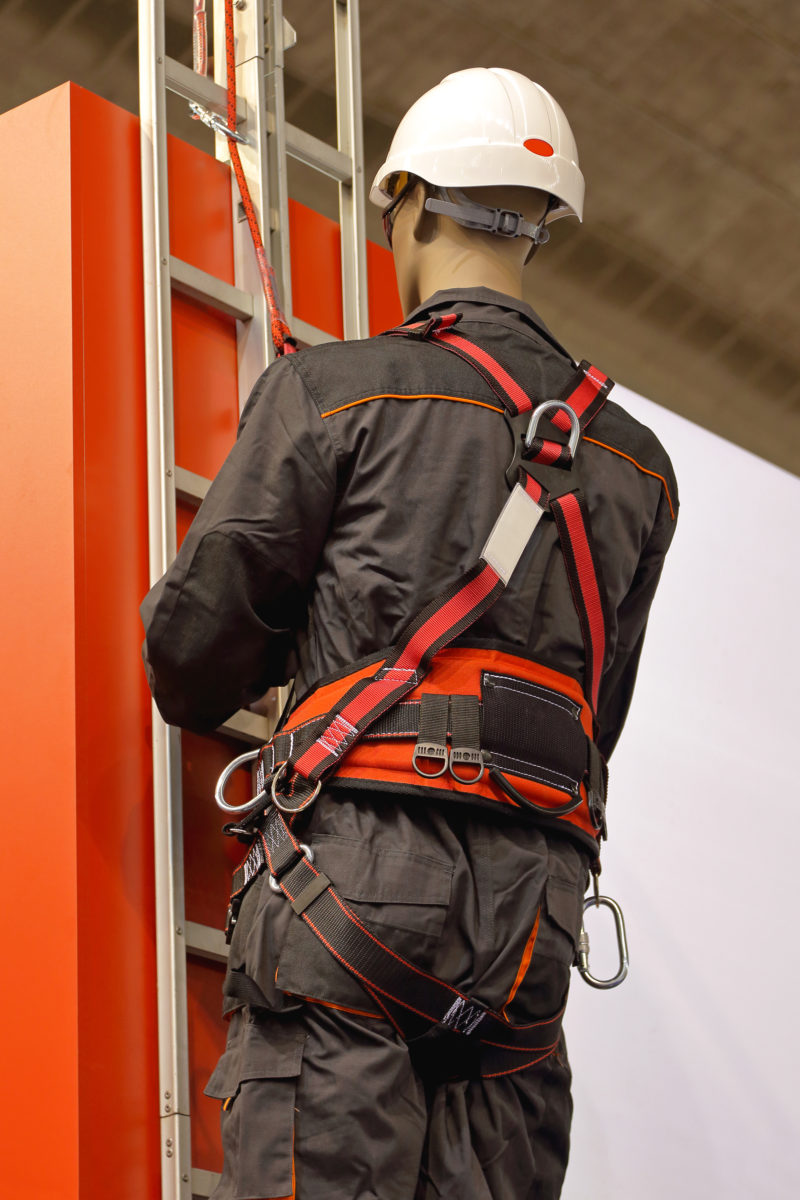
Body Protection Equipment
PPE designed to protect the body might include specialized clothing, shoes, and gloves. The types of materials from which this gear is made determines the level of protection it offers. For example, fire resistant clothing is designed specifically to be less flammable to provide an extra layer of protection to employees working in the chemical industry. Steel toe boots are designed to protect toes against falling objects and compression, and are worn by workers in many industries. The level of protection required varies based on the risks present in a work setting. Some applications may require a full HAZMAT suit to protect workers from biological substances, chemicals, etc. While other applications may only require employees to wear nitrile gloves to protect workers and end users from pathogens.
PPE is imperative for employee safety
Employers should ensure that proper PPE is available to employees. Employees should ensure that they are wearing the appropriate personal protective equipment for the environment in which they are working. All of the personal protective equipment in the world will not help reduce risks if it is not being utilized.
According to OSHA.gov, here are some things that can help ensure proper use of personal protective equipment or PPE:
- All personal protective equipment should be safely designed and constructed.
- It should be maintained in a clean and reliable fashion.
- It should fit comfortably, encouraging worker use.
- Employee training on the proper way to use PPE.
Looking for a Rewarding Career?
Are you interested in a fast-paced, exciting job? We are hiring sales & service team members. Visit our Careers page to learn more about working at Michelli.
